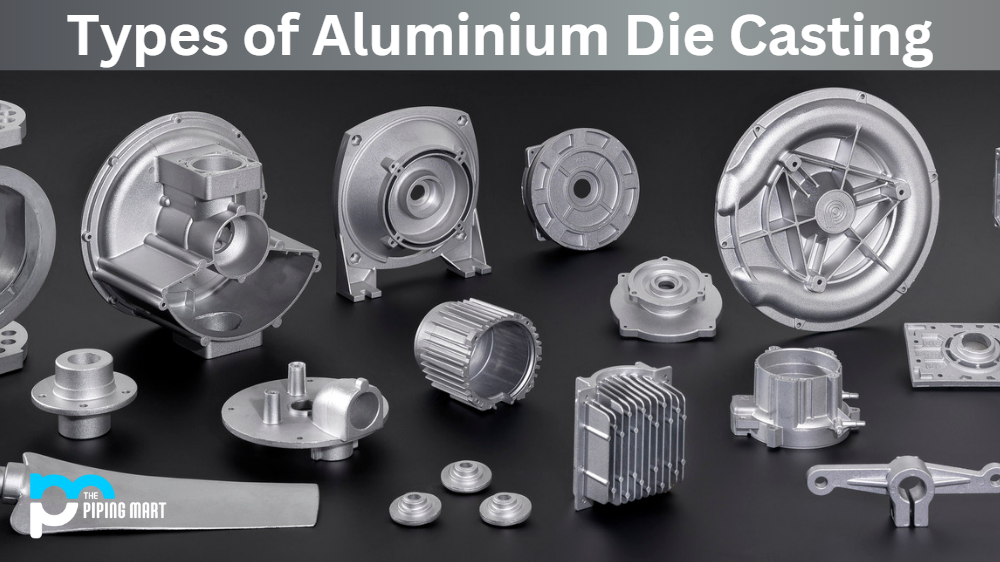Aluminium die casting is widely used in numerous industries to produce parts with excellent dimensional accuracy, high-quality surface finishes, and extreme durability. This process of shaping customised metal components involves the high-pressure injection of molten Aluminium into a mould. The result is a highly detailed part resistant to high temperatures, humidity and wear and tear.
However, not all Aluminum die-casting processes are created equal, and it’s essential to understand the various types of die-casting applicable in different industries. This article will explore five different kinds of Aluminium die casting and their applications.
Pressure Die Casting
This is the most common form of Aluminum die casting, also known as high-pressure die casting. It involves injecting molten metal into a steel die with high pressure and filling the die cavity at high speed. The die is then cooled and opened up to remove the part. The process takes seconds to complete, resulting in high-quality, precision component parts with consistent shapes, patterns and structures. This process is widely used in the automotive and aerospace industries.
Gravity Die Casting
This Aluminium die-casting process involves pouring molten metal into a mould made of graphite or copper, which takes the shape of the desired part with the help of gravitational pull. Gravity dies casting is an ideal choice for large and complex amounts due to its superior quality, surfaces, and accuracy. It’s a standard process for manufacturing electronic components, pumps, and valves.
Low-Pressure Die Casting
As the name suggests, low-pressure die casting is a technique that uses low pressure to inject molten Aluminum into a metal die. This method provides a high degree of customisation and easy-to-produce large-scale castings with thin and complex geometries. It has applications in producing wheels, ornamental parts, and decorative furniture.
Squeeze Die Casting
This type of Aluminium die casting compresses molten metal using a set of hydraulic presses, reducing the volume of air trapped in the die leading to a more perfect final product. This process is ideal for parts with complicated shapes and patterns. Squeeze die casting is typically used to manufacture automotive components, Fittings, and medical equipment.
Vacuum Die Casting
This method removes most of the air from the die cavity before pouring the molten metal, creating vacuum pressure to fill the mould. This ensures accurate and high-quality casting with minimal defects such as porosity and bubbles. It is commonly used to make large complex industrial equipment parts.
Conclusion
Aluminium die casting is a unique method of producing precisely shaped metal components with numerous applications in the automotive, aerospace, and electronics industries. Understanding the various types of die-casting processes is essential when choosing the proper method for your production requirements. The techniques offer different benefits and limitations, and selecting the right one is crucial in ensuring the final product’s quality. All Aluminium die-casting methods follow the same basic principle at a fundamental level, but the specific process variables guide the final product’s dimensions, quality, and texture.
Sakshee is a talented blogger, with a particular focus on the Business and Metal Industry. She is passionate about sharing her insights on various metal products and helping professionals to make a better decisions.




